When it comes to legendary gaming franchises that have endured the passing of time, Nintendo's Metroid franchise is among the most interesting. While Super Mario Bros. and The Legend of Zelda dominated the 80s and 90s, the Metroid games were still carving out a niche among Nintendo fans. It not only pushed what was possible with game design on the Famicom and NES but also continued to evolve as a franchise over successive console generations, leading to beloved and critically acclaimed releases. The Metroid series also holds a spot as one of the earliest game franchises to feature a female character as the lead, which has remained a staple addition to the pantheon of Nintendo franchises.
After many sequels and spin-off titles, people still continue to highly praise the Metroid games as must-play experiences for anyone who loves action games. But what were the greatest adventures for Samus Aran? Looking at just the mainline series of Metroid games, not including the Metroid Prime entries or other spin-offs, there are a ton of great titles to look over. For the galaxy's greatest bounty hunter, there's no shortage of action and intrigue when it comes to this franchise. Here is every mainline entry in the Metroid series ranked, and why everyone should dive into the galactic exploits of Samus Aran.
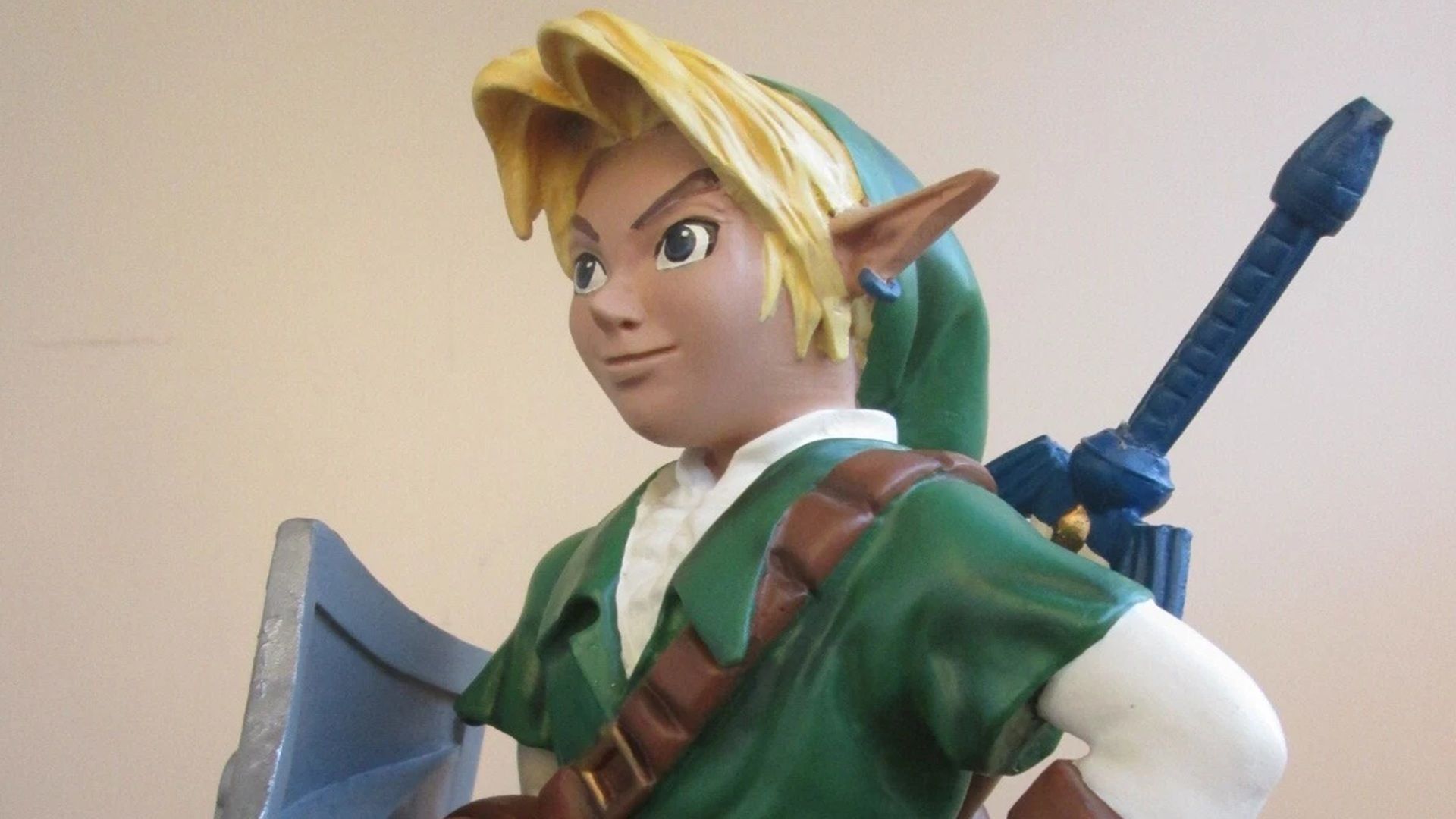
Related
4 rare pieces of Nintendo history you'll never own
Nintendo has a legacy of popular products that fans love to collect. But don't count on getting any of these pieces of Nintendo history.
8 Metroid
At the beginning
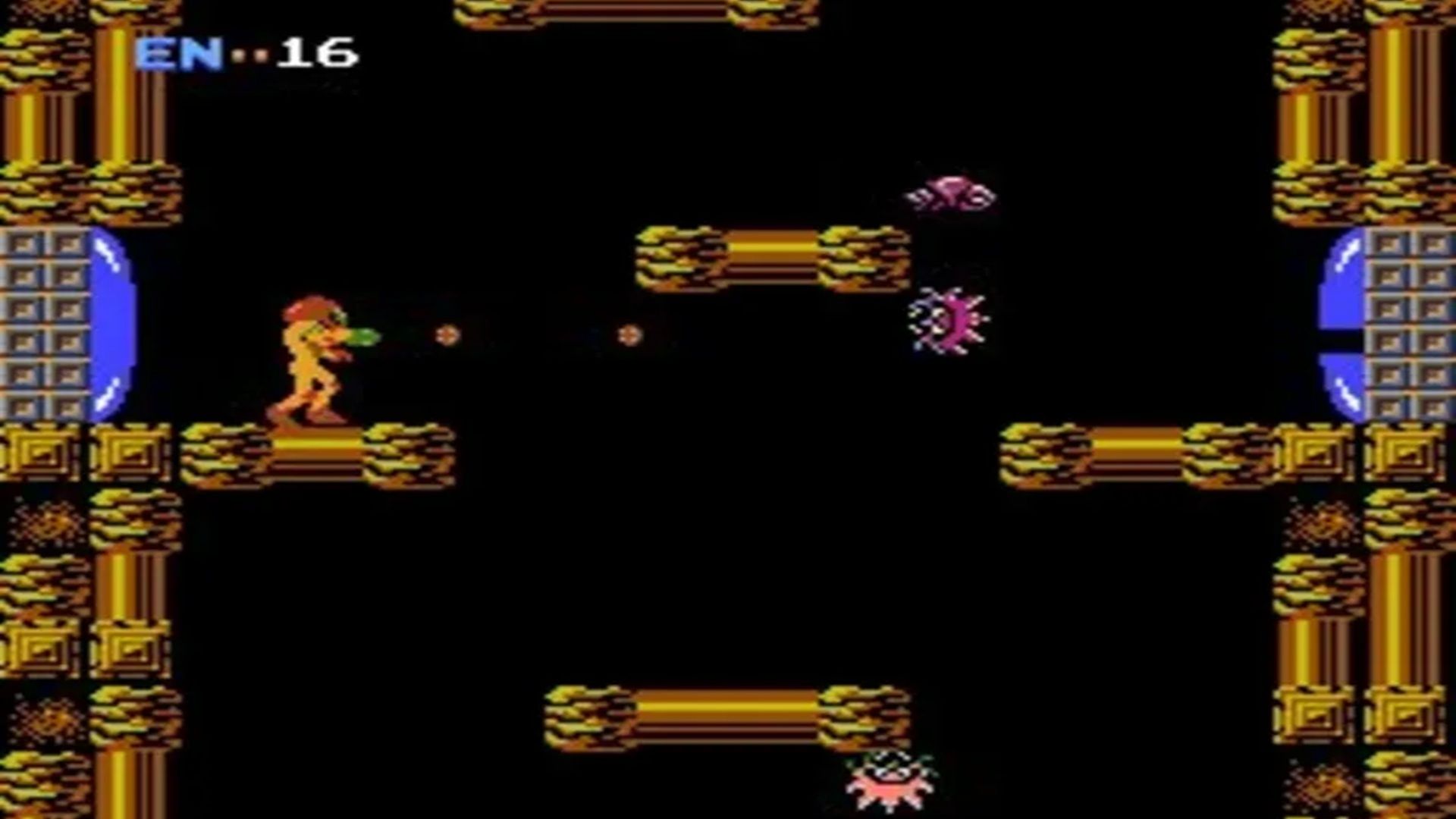
Source: Nintendo
At the lowest point of this list is the original Metroid for the Famicom and Nintendo Entertainment System, released in 1986. This isn't because the game is terrible; it's actually far from it by NES standards. However, the original Metroid is as bare-bones for this franchise as one can get, with many of the basic concepts and game design elementsthat would go on to define the series as a whole. Bounty Hunter Samus Aran arrives on a planet called Zebes, and is tasked with recovering a creature known as a Metroid from space pirates. If Samus doesn't finish her mission, the space pirates will replicate the Metroid and use them as biological weapons against their enemies, causing widespread havoc across the galaxy. The journey through Metroid is filled with some memorable moments in video games that have since been parodied and inspired by other action games over the years.
For many, the original Metroid game lacks a lot of the quality-of-life additions that would come later in the series. Things like a map to navigate each location, swapping upgrades and weapons for Samus to use, as well as other improvements that would improve upon a solid foundation. Because of the limitations of the Famicom and the NES, Metroid was a game that was more ambitious than the time it arrived. However, audiences back then still managed to really enjoy the tone and gameplay of it, as well as the big twist of Samus Aran being a girl by the end of the game. This was taboo in the 80s and early 90s, as many games didn't feature a heroic female protagonist as the lead. Luckily, players embraced the character and her story, which led to a new Nintendo franchise being born.
7 Metroid II: Return of Samus
A minor upgrade continuation
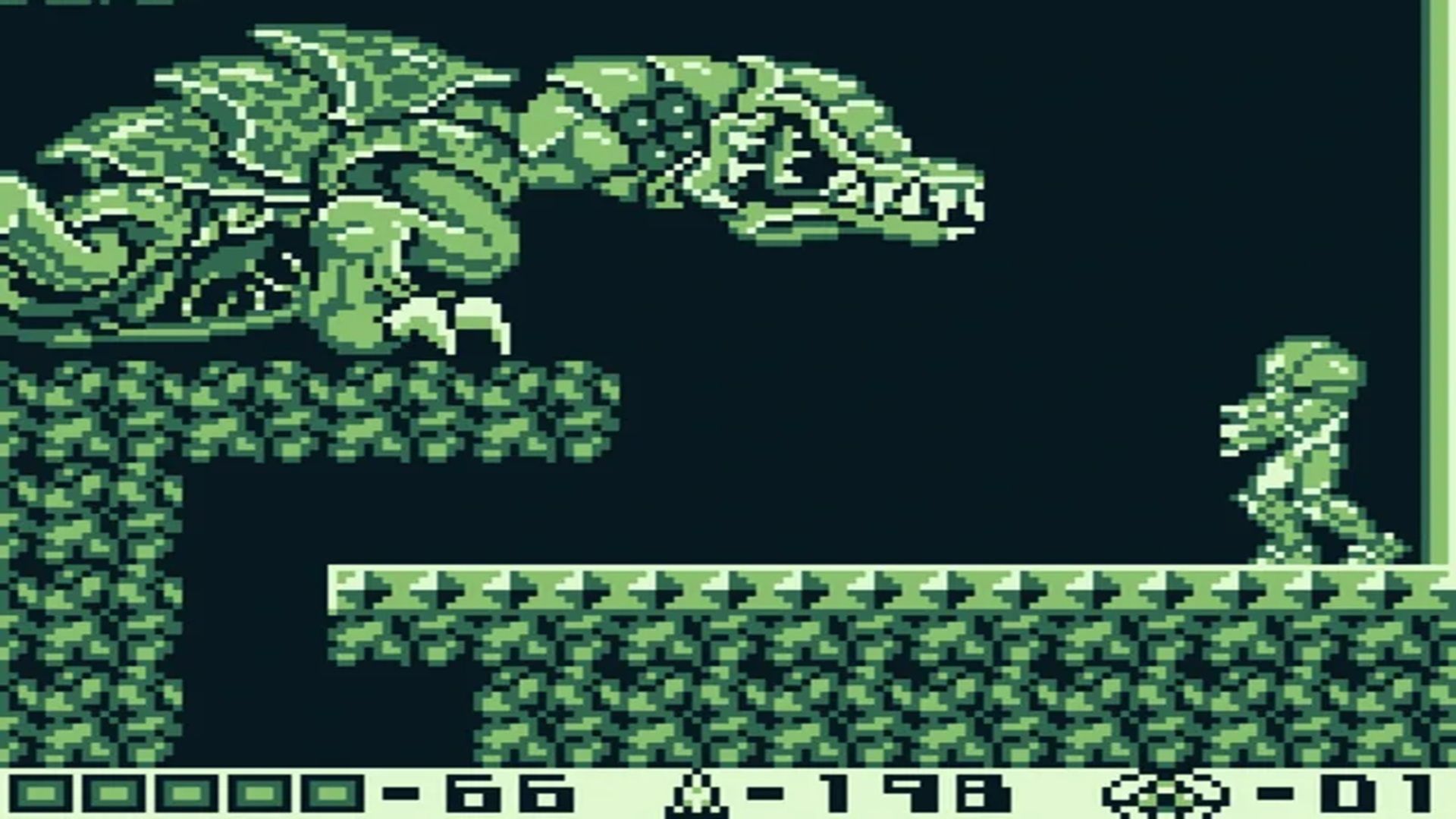
Source: Nintendo
The direct sequel to the first game wasn't on the NES, but for the Nintendo Game Boy in 1991. Following the events of the first game, Samus Aran must travel to the planet SR388 to destroy an infestation of Metroids. She needs to do this before space pirates can capture and exploit them for their own purposes. However, unlike its predecessor, Metroid II: Return of Samus has a few notable upgrades added to the experience. Samus has new moves to utilize while exploring the planet, the ability to switch between beam shots and other weapons, and more. The gameplay also gets a few tweaks to balance out the difficulty from the original, letting players find spots to recover health and ammo. However, Metroid II: Return of Samus also features a non-linear component, allowing players to explore and eliminate targets of their choice at their discretion, rather than being confined to a single predetermined path.
While Metroid II: Return of Samus is an improvement over the original, it was still technically limited by the Game Boy. The pacing of the game was somewhat slow in comparison to later releases, and there were some difficulty spikes that annoyed players. Some players over the years noted that the visuals were average, given that it was a Game Boy game with a monotone presentation. However, Metroid II: Return of Samus would eventually receive more praise, long after its initial release, for its place within the Metroid timeline. It would alsobe re-examined after a reimagining of it was released in 2017 for the Nintendo 3DS.
6 Metroid: Other M
The interval story
The eighth entry in the Metroid series was released for the Nintendo Wii in 2010, marking a return to the mainline series following the success of the Metroid Prime games. Metroid: Other M takes place in-between the events of Super Metroid for the SNES and Metroid Fusion on the Game Boy Advance. Samus is tasked with investigating a derelict vessel called the Bottle Ship, which causes her to follow through on a mystery with her former commander, Adam Malkovich. Metroid: Other M is often criticized for changing aspects of Samus' character and introducing story elements that fans were critical of. At the same time, the gameplay for Metroid: Other M tries to blend together multiple styles of action into one experience, with some finding it to have mixed results.
During the game's third-person sections, Samus can move around in 3D space and fire upon enemies and obstacles in her way, with mild similarities to past Metroid games. But at times, the camera will shift to first-person, like in the Metroid Prime series, and allow Samus to target specific enemies or places. The controls for both styles are a little different on the Wii remote, with pros and cons to both. However, most fans felt this constant shifting got in the way of the experience and often limited actions when shifting into a first-person perspective. This is also the first game where Samus could use melee attacks against enemies to make them vulnerable, something that would appear again in later entries, which was mostly based on her appearance in the Super Smash Bros. games.
5 Metroid: Zero Mission
Revitalizing a classic
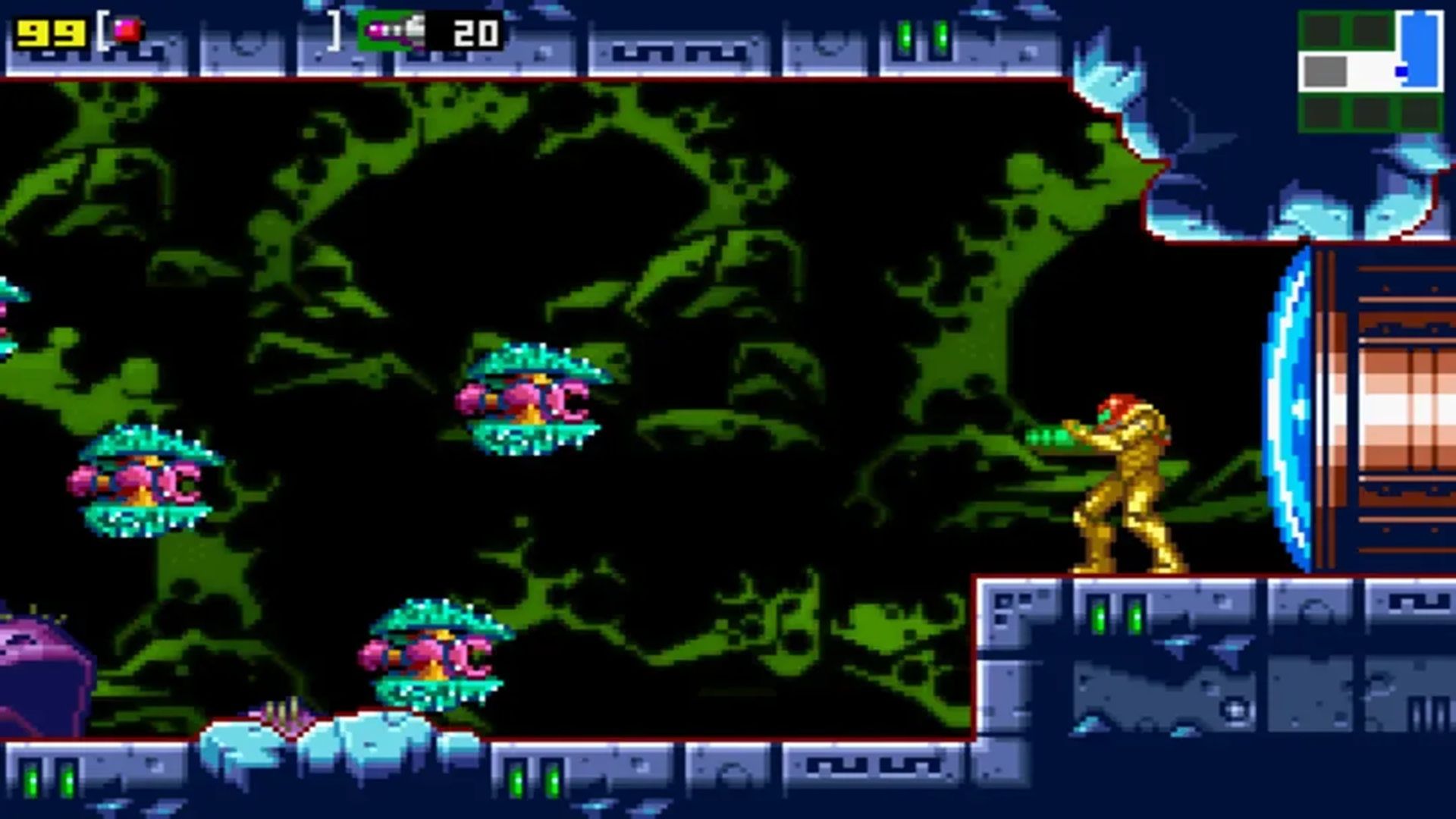
Source: Nintendo
The best way to experience the original story of the first Metroid game is to play through Metroid: Zero Mission. The game was released on the Game Boy Advance in 2004 alongside the release of Metroid Prime 2: Echoes for the Nintendo GameCube. While the story of the game is almost exactly the same as the original, Metroid: Zero Mission takes some things further and expands upon them. Not only does Samus gain many of the abilities seen in newer Metroid titles, but there's an entirely new section towards the end that lets players control Samus Aran outside of her normal Power Suit, which has been known as the Zero Suit. The game reimagines every part of the original Metroid with new visuals and sprites, new story details, and new areas to give a whole new life to the NES classic.
What makes Metroid: Zero Mission good is how it feels like a newer Metroid game, even though the story and level design are very much the original game. But to compensate for some of the new abilities, certain areas were tweaked to give players more room to explore and get around obstacles, as well as challenge them. New mini-bosses were added to break things up in between some of the iconic boss battles from the original, which makes the experience feel more unique. Finishing the game unlocks the original NES game for everyone to play, which is a nice touch to pay homage to where everything started.
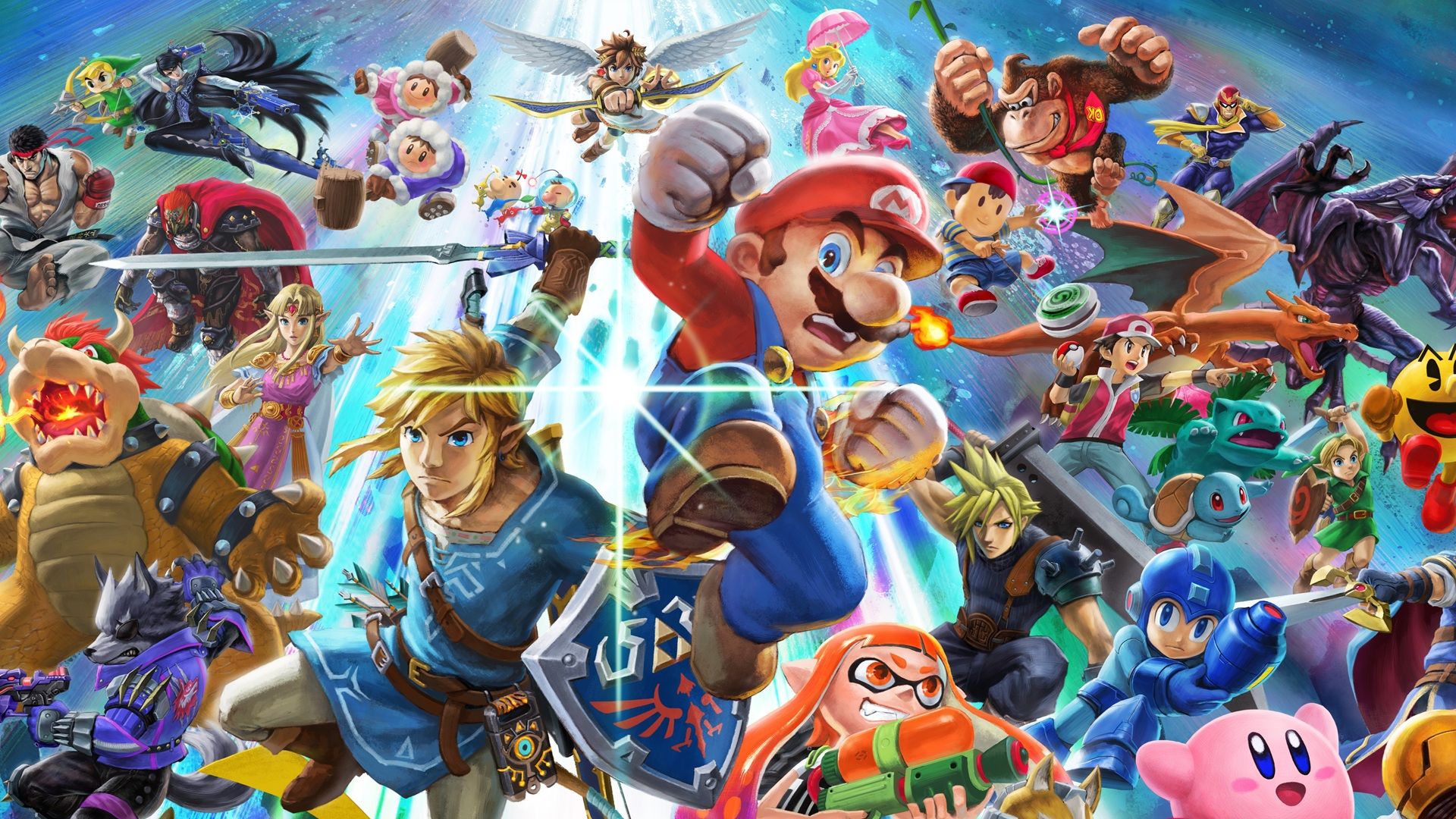
Related
Ranking every Super Smash Bros. game released by Nintendo
What is the best Super Smash Bros. game ever released by Nintendo? Here's our ranking of every Smash Bros. game to date!
4 Metroid Samus Returns
Remaking the sequel
If Metroid: Zero Mission is what a remake can do for the original game, then Metroid: Samus Returns is how things were taken further with the original sequel. Like what Zero Mission did before, Metroid: Samus Returns reimagines the original Game Boy sequel for a modern audience, adding new quality-of-life changes from later games and doing a complete visual overhaul. The story is the same as the original Metroid II: Return of Samus, but with more details to build upon the original story and connect even more to the rest of the series. Instead of going with 2D visuals this time, the game has 3D models for characters and environments, making it feel like a proper modern Metroid release, and fully realizing many of the designs that were in the original game.
Many of the gameplay changes added in this version made the overall experience better, most of which were not seen in the older 2D titles. The melee ability to stagger enemies, free aiming in place, and other upgrades help make navigating planet SR388 a lot easier and more fun. Like with Metroid: Zero Mission, the game also has a few new areas to take advantage of some of the new abilities and upgrades that weren't in the original game, making the entire experience feel fresh. The music from the original release was also remixed for Metroid: Samus Returns, enhancing the dark atmosphere of the planet as Samus explores and takes out the different Metroids she encounters.
3 Metroid: Fusion
Confronting a darker self
One of the most popular entries in the series comes from the first Game Boy Advance title, released in 2002. Metroid: Fusion is a direct follow-up to Super Metroid on the Super Nintendo, with Samus Aran coming into contact with a parasitic organism known as X. After being attacked and taken to a nearby station, Samus is treated and saved by a serum that was created from the baby Metroid she saved in the previous game, which lets her absorb the X parasites. However, parts of her Power Suit were infected by the X and replicated into a being known as the SA-X, which proceeds to destroy the station. Samus needs to find a way to regain control of the area and destroy the X and SA-X before it's too late.
Metroid: Fusion introduced to the series the ability for Samus to grab ledges and climb, which had not previously been done in past games. While most of the exploration and action were similar to the rest of the series, Metroid: Fusion felt like an entirely different era for the franchise. In addition, Metroid: Fusion was able to connect to Metroid Prime on the GameCube, which opened up new content for the GameCube game depending on how much progress was made in each of them. This is something that would also be done with Metroid: Zero Mission and Metroid Prime 2: Echoes later on. To many fans, Metroid: Fusion was a great entry to follow up on the much-beloved Super Metroid, and a great return to the series after nearly eight years of being absent from the spotlight.
2 Metroid Dread
Highly anticipated sequel
The hype and anticipation for Metroid Dread was very high after years of Nintendo teasing it in various places. It wasn't until 2021 that the Nintendo Switch was the place where Metroid fans could finally find out what Project Dread was all about. Metroid Dread is the last chronological entry in the series, set after the events of Metroid Fusion. Samus Aran is sent to the planet ZDR after the Galactic Federation loses contact with the teams sent out there. Robots called E.M.M.I.s were utilized to eradicate traces of the X parasite on the planet, but were believed to be lost when communications are lost with the planet. Samus is tasked with investigating what happened on ZDR and eliminating any known threat from the X parasite that might be there. Originally, Metroid Dread was conceived to be a game for the Nintendo DS, but development shifted to bringing the game to the Switch after there were concerns about the quality of the game on the Nintendo DS.
As a whole, Metroid Dread blends all the best aspects of the series to date, but adds an element of stealth to it. Samus can explore areas and unlock new paths with her wide array of abilities and upgrades she discovers, but certain portions of the game require her to get past the rogue E.M.M.I.s using stealth. The game plays around with this at different times, shifting between classic Metroid action and strategic stealth sections that take advantage of Samus' abilities. Boss battles that Samus encounters reference some of the classic battles from throughout the series, but also put a twist on some to keep things interesting. As the latest addition to the franchise, Metroid Dread gets a lot of things right and keeps the legacy going strong, with a bright future ahead.
1 Super Metroid
A legendary adventure
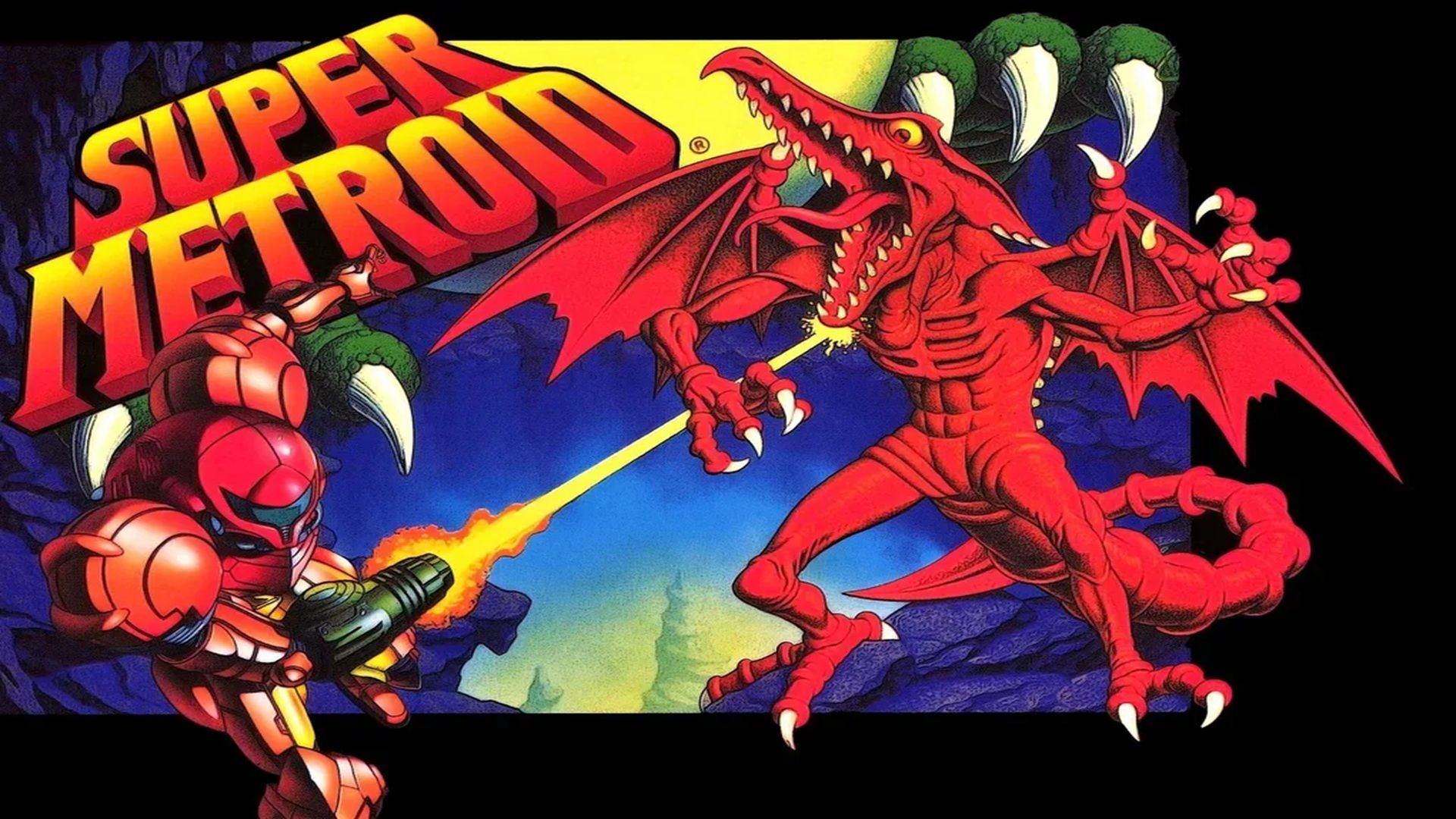
Source: Nintendo
If there's one game that encompasses the best parts of the franchise, it would be Super Metroid on the Super Nintendo. This is the entry in the series that became the benchmark that future sequels and other games within the genre would be measured by. The game was released on the SNES in 1994 and received a lot of critical acclaim. Super Metroid is the third entry in the series that follows Samus Aran and her exploits on the planet Zebes. An infant Metroid is stolen from a space colony by Ridley, the leader of the space pirates, and is taken down to the planet. Samus needs to get back the baby Metroid before Ridley and the space pirates can experiment and exploit it in their newly constructed base.
A lot of the staple features and characteristics in most Metroid games can be traced back to Super Metroid. But the game is also widely recognized as the starting point for what many call the metroidvania genre, a type of platformer that blends action and exploration together for a big experience. The term comes from games like Castlevania: Symphony of the Night being heavily inspired by Super Metroid, adopting elements of its level design and creating something new, which led to the creation of a whole new subgenre of games. In most gaming circles, Super Metroid is viewed as one of the best games ever made, and for good reason. The controls are solid, the level design is detailed and clever, the visuals are memorable, and the atmosphere and soundtrack have become legendary. Whenever people reference the Metroid series, they often call back to Super Metroid and what it brought to gaming as a whole.
Samus Aran's greatest adventures
The Metroid franchise is an exciting compilation of games that everyone should play at least once. They not only have great visuals and gameplay, but also an amazing atmosphere and lore that very few other franchises can emulate. As one of the foundational parts of Nintendo's early days, Metroid has continued to be a popular series that gamers love to experience and recommend to others. If you haven't yet dived into any of Samus Aran's greatest adventures, now is the best time for you to do so. These games are among the best action platformers on this side of the galaxy.

Related
These 4 Nintendo franchises need to make a Switch 2 return
Nintendo has a lot of great franchises people love. Now with the Nintendo Switch 2 release, these 4 legendary franchises need to make a big return!
.png)











 English (US) ·
English (US) ·